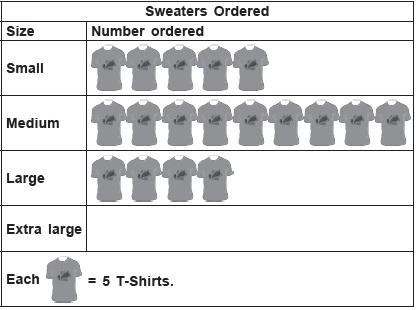Post Your Answer
Post Your Answer
Ans 3: (Master Answer)
Class : Class 1
The correct answer is D.
The proper order is : Hundred, Thousand, Million, Billion, Trillion.
Ans 4:
Class : Class 8
The correct answer is 'D' option.
Its because,ascending order in the sense is the order arranged from smallest to largest.
Therefore,the order is Hundred,Thousand,Million,Billion, Trillion.
Post Your Answer
Post Your Answer
Ans 4:
Class : Class 6
Division looks like plus sign and addition looks like division sign it is all very confusing
Ans 5: (Master Answer)
Post Your Answer
Post Your Answer
Post Your Answer

Cap __(1)__ is before cap Q. Cap __(2)__ is after the cap S. Cap R is __(3)__ the cap Q and cap S. Cap S is __(4)__ the cap T.
| (1) | (2) | (3) | (4) | |
| A | P | T | between | after |
| B | P | T | between | before |
| C | P | R | after | after |
| D | R | T | before | before |
this question is confusing..please explain

 and
and  = 1 whole, then
= 1 whole, then  = ?
= ?









